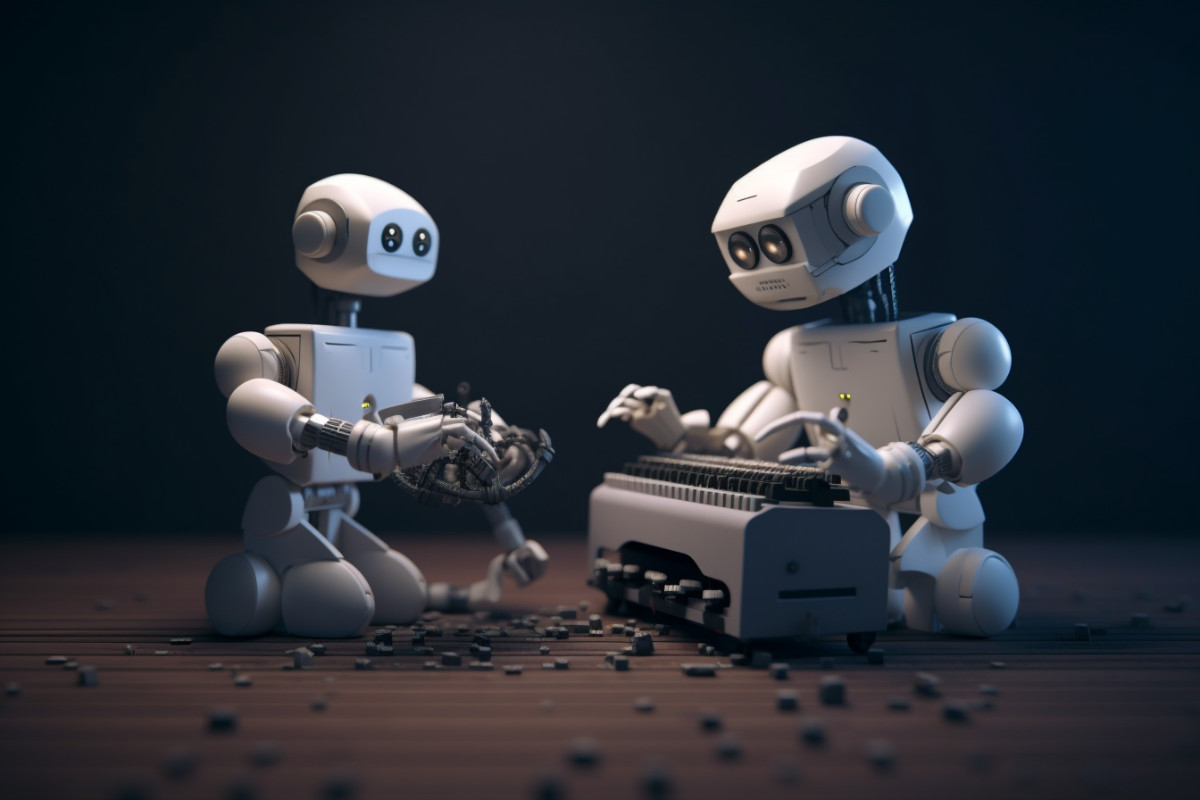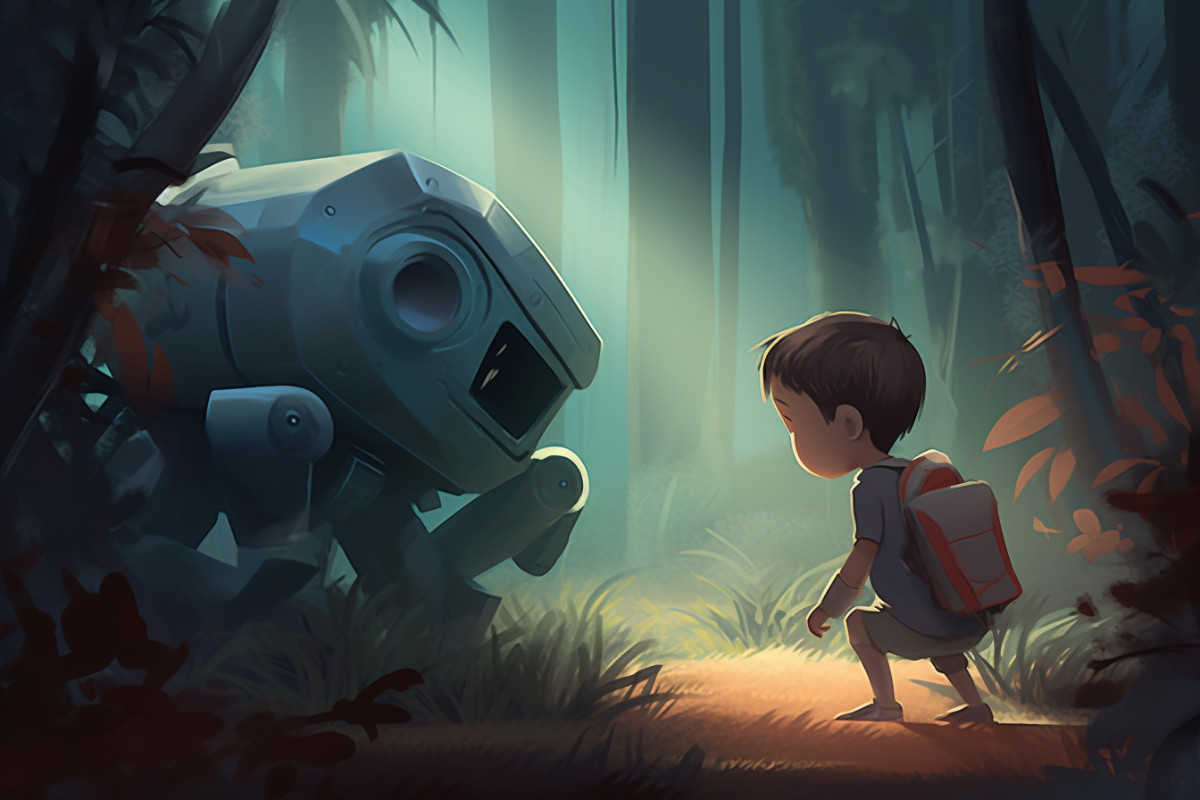Welcome to an exciting exploration of the AI technology landscape. Today, we address the burning question, “Will Google’s Bard replace OpenAI?”
Let’s draw an analogy between AI models and chefs. Each AI model, like a chef, has a unique style, a specialty, and a distinct way of dishing out ‘information’. OpenAI’s GPT and Google’s Bard can be likened to two celebrity chefs, each with their unique contributions to the kitchen.
The Versatility of OpenAI’s GPT
OpenAI’s GPT, like a seasoned and versatile chef, has been around for a while. It has won many accolades and earned a solid reputation for its quality. Known for preparing a wide variety of dishes (information), it prides itself on its consistency and reliability.
The Innovation of Google’s Bard
Google’s Bard, like an innovative and daring chef, is quickly rising in popularity. It’s causing ripples in the AI technology sphere with its fresh, creative approach, much like a chef introducing a new culinary style.
Comparing the Two – A Fruitful Endeavor
When asked if the daring chef will replace the versatile one, we venture into the realm of comparing apples and oranges. Both are fruit (AI models), but they each offer different tastes and nutritional values (capabilities and specialties).
There’s no denying that Bard is a robust model showcasing impressive results, but it doesn’t necessarily imply it will ‘replace’ OpenAI’s GPT. The AI community is diverse, with room for multiple models to coexist, each finding its unique niche based on its strengths and use cases.
The Power of Competition
Competition breeds innovation. Having multiple players like Bard and GPT in the field encourages each to continuously refine and enhance their capabilities.
The Final Word
Rather than anticipating one AI model to replace another, it’s more fruitful to view them as different chefs in the AI kitchen. Each contributes unique flavors and techniques to the smorgasbord of AI technology. Every model will find its place and users based on their specific needs and preferences. So, let’s appreciate the feast and value the unique contributions of each AI model.



